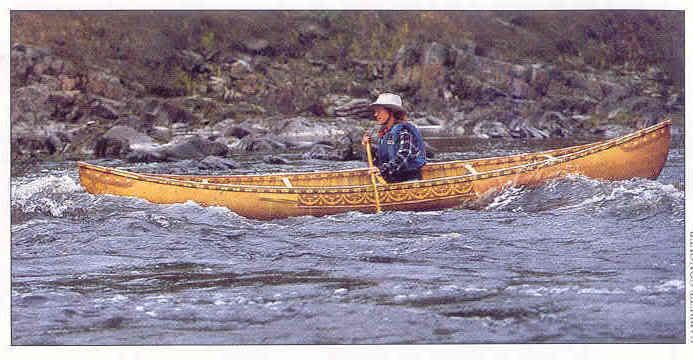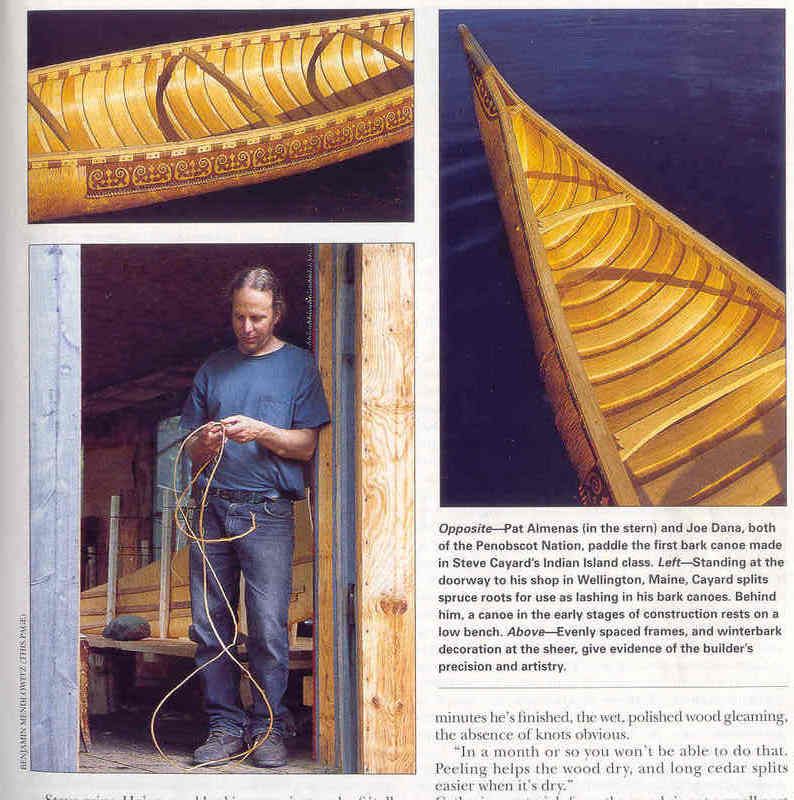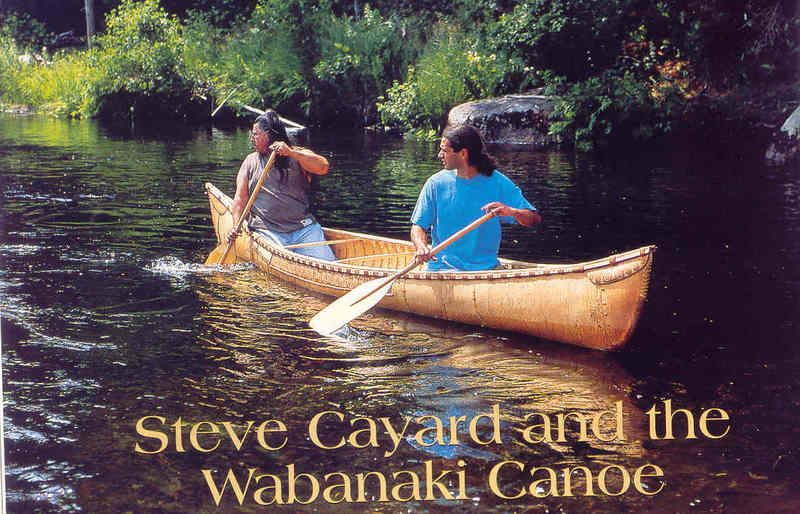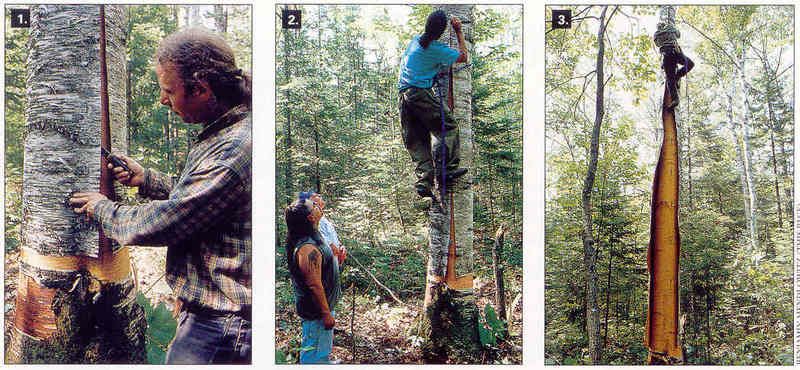jon r said:Considering this is the first i have ever made i think im doing pretty well
Bloody hell man, that is incredible! :You_Rock_ :notworthy . I cant wait to see it finished, I've no doubt it will work grate.
Its got a good shape so far, having a flatish bottom and curved sides will make it quite stable.
You've gone and set me off now, got to have a go at that coracle I've been wonting to make for years









